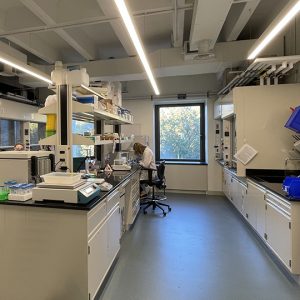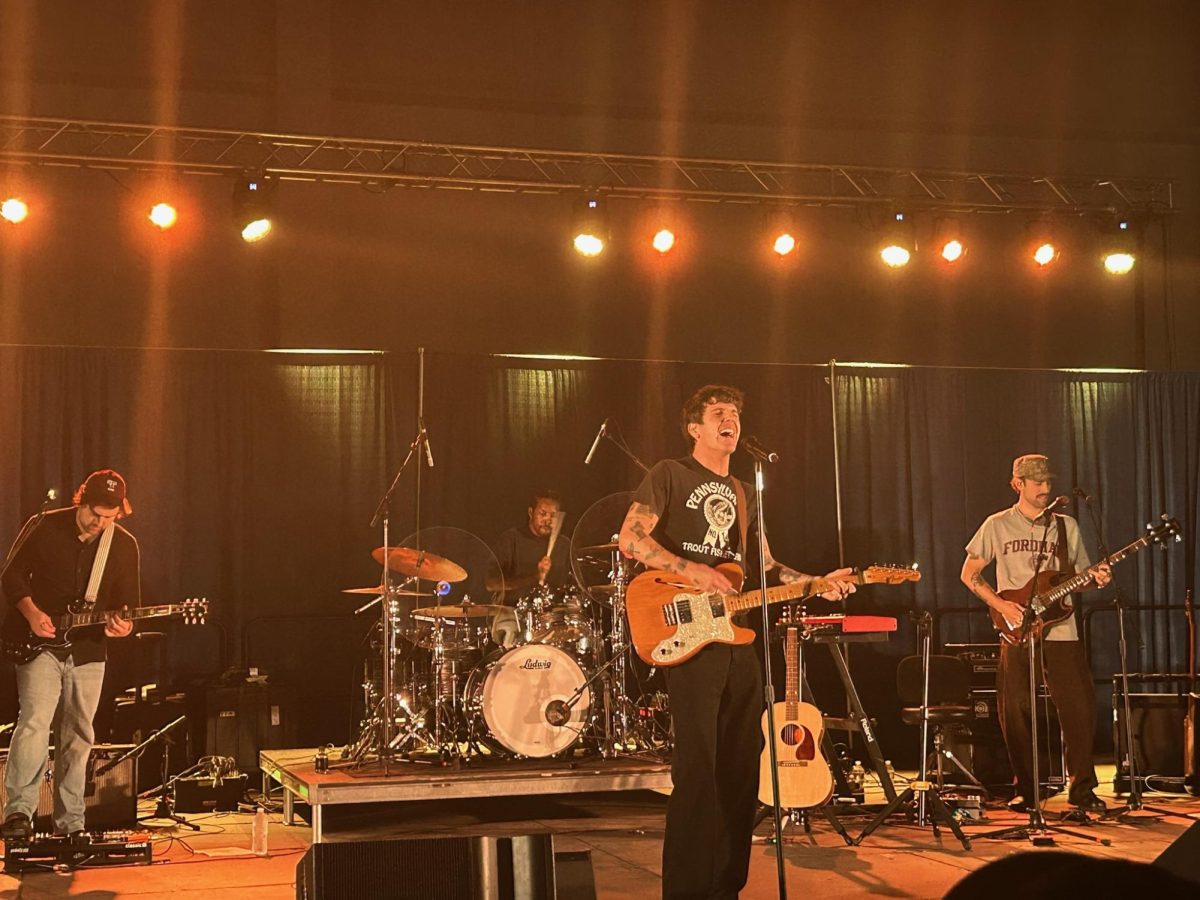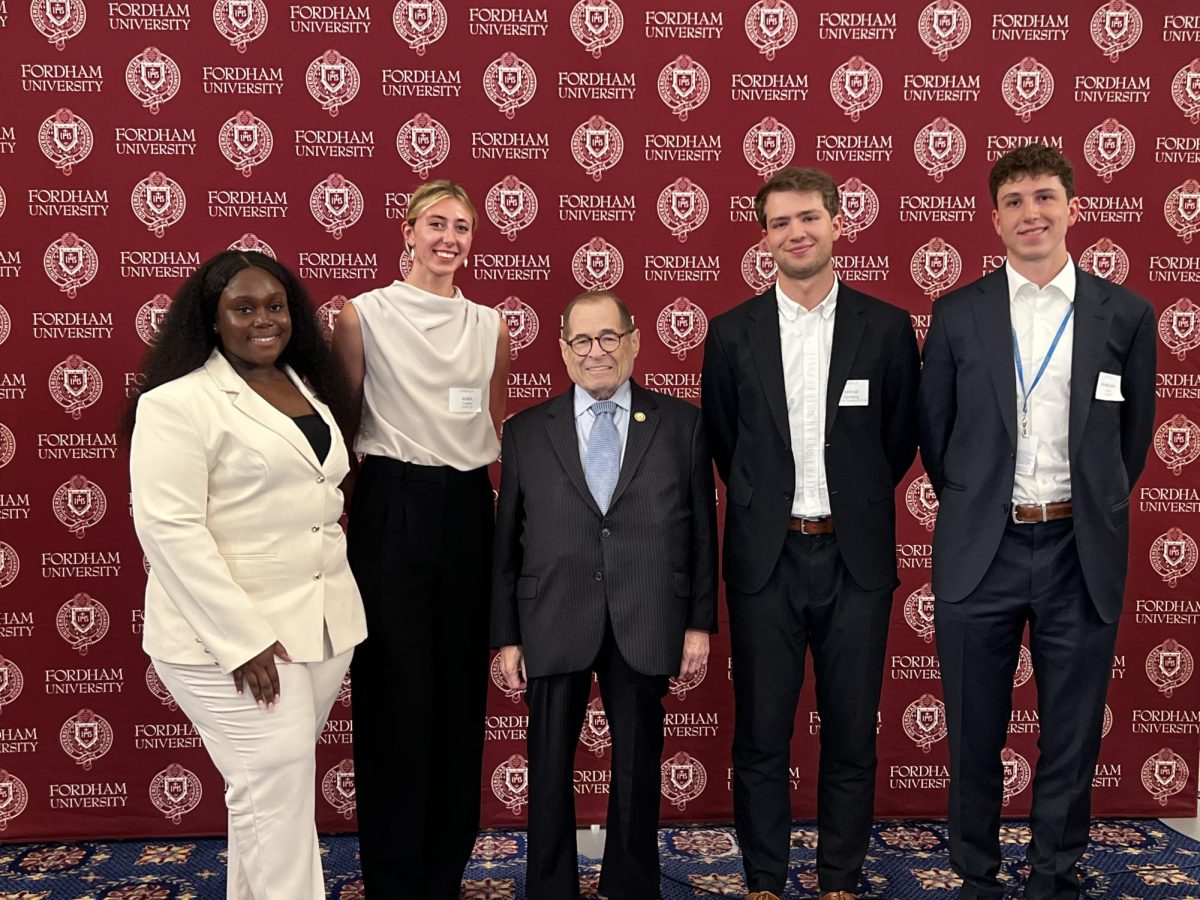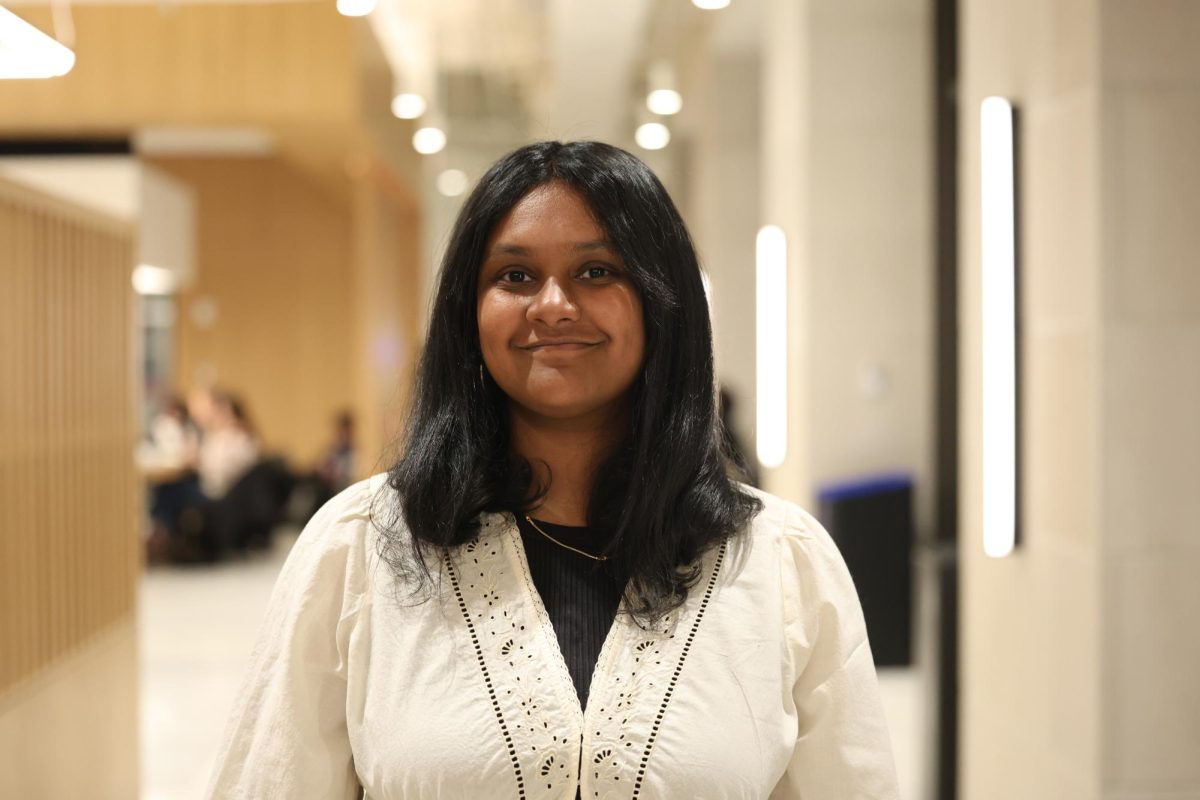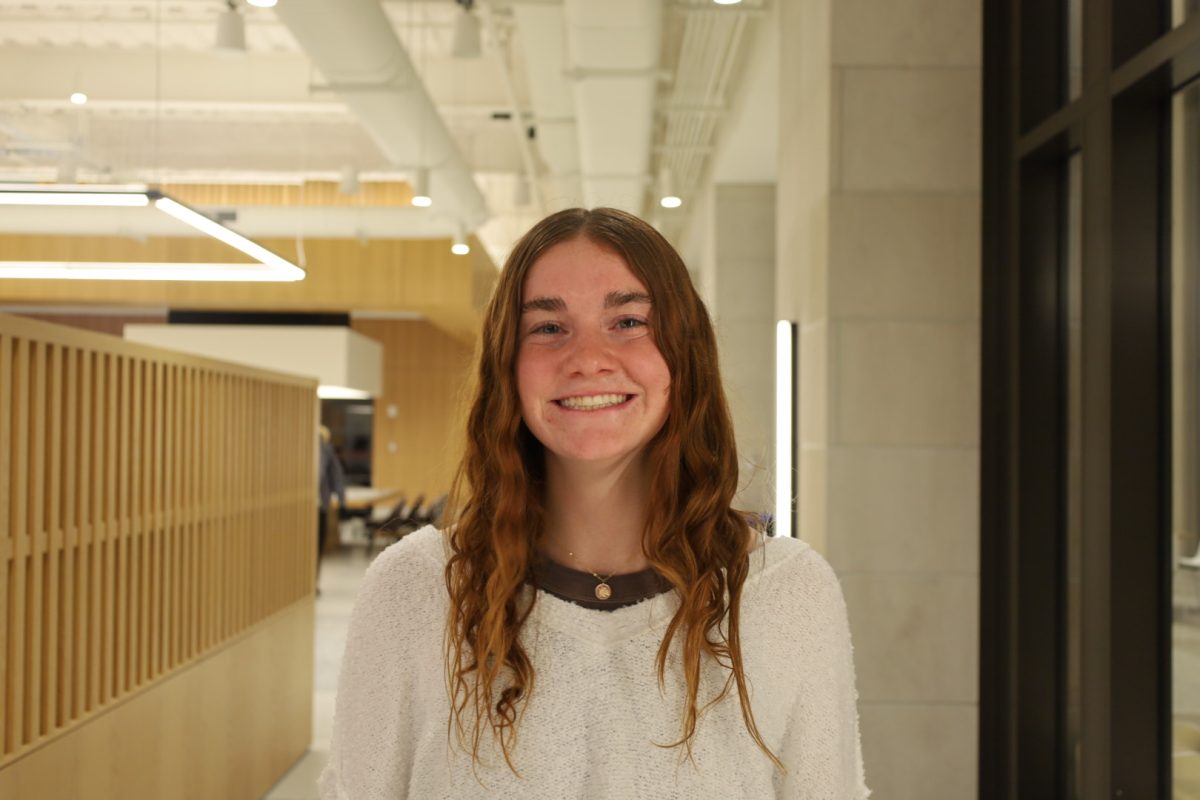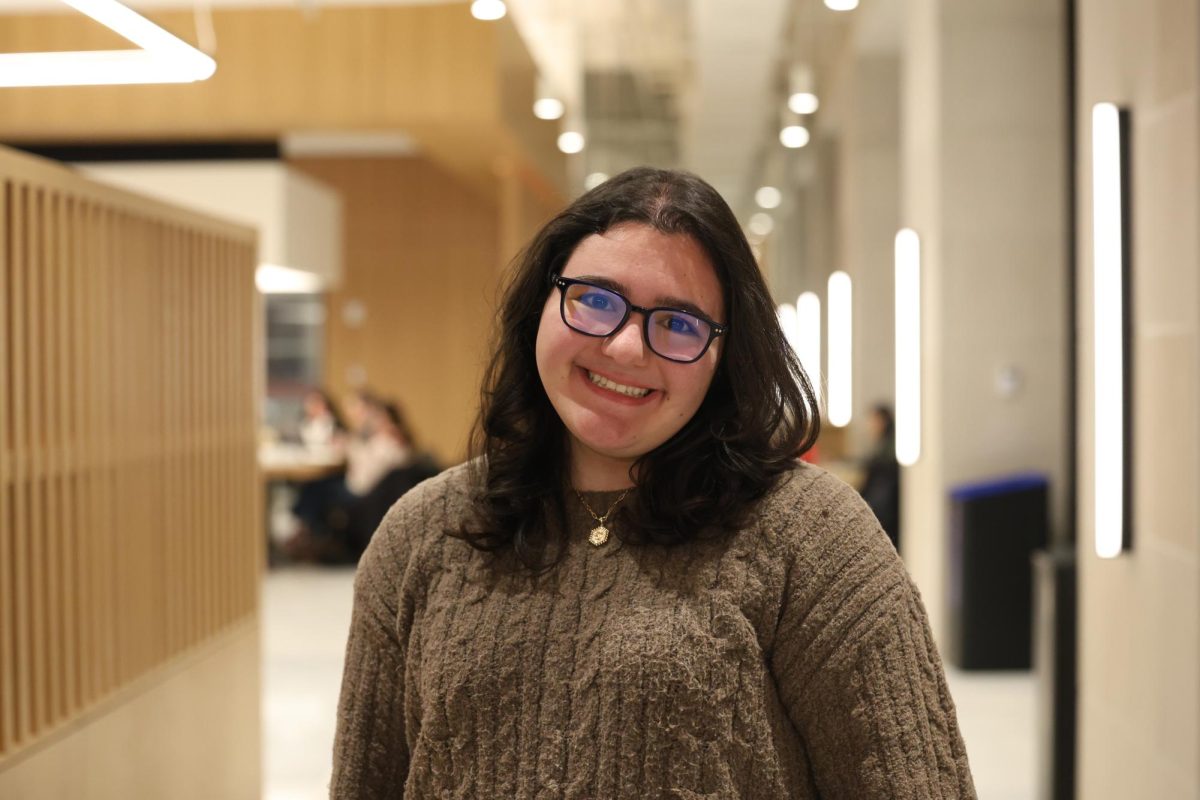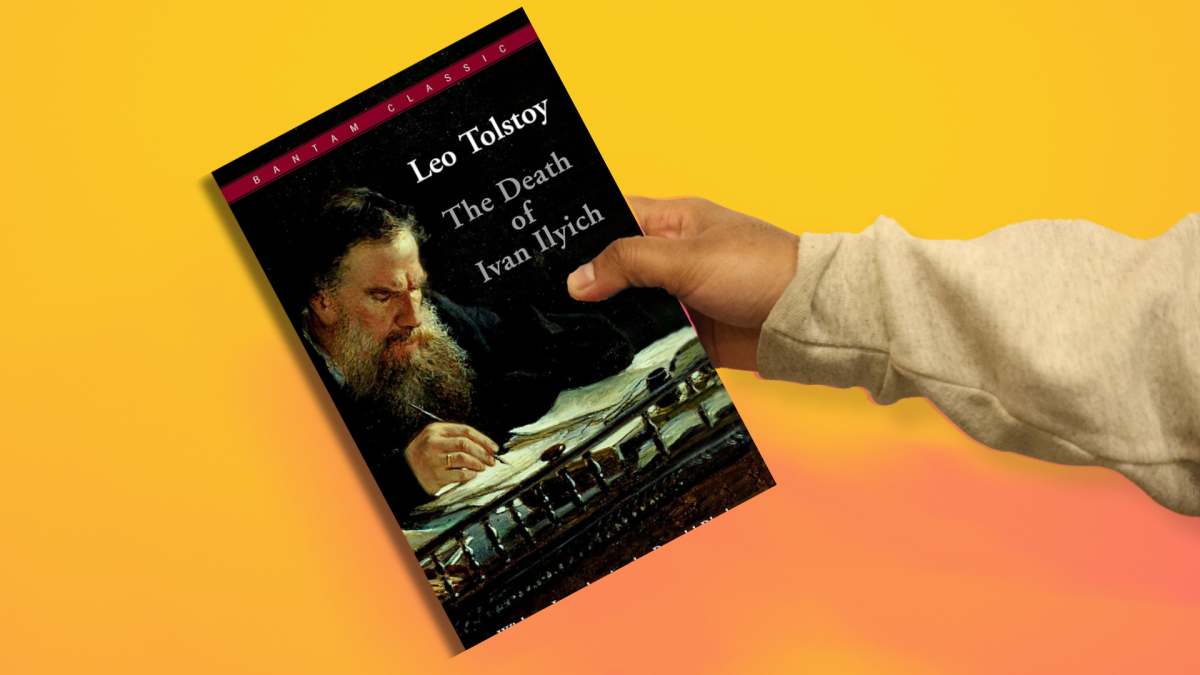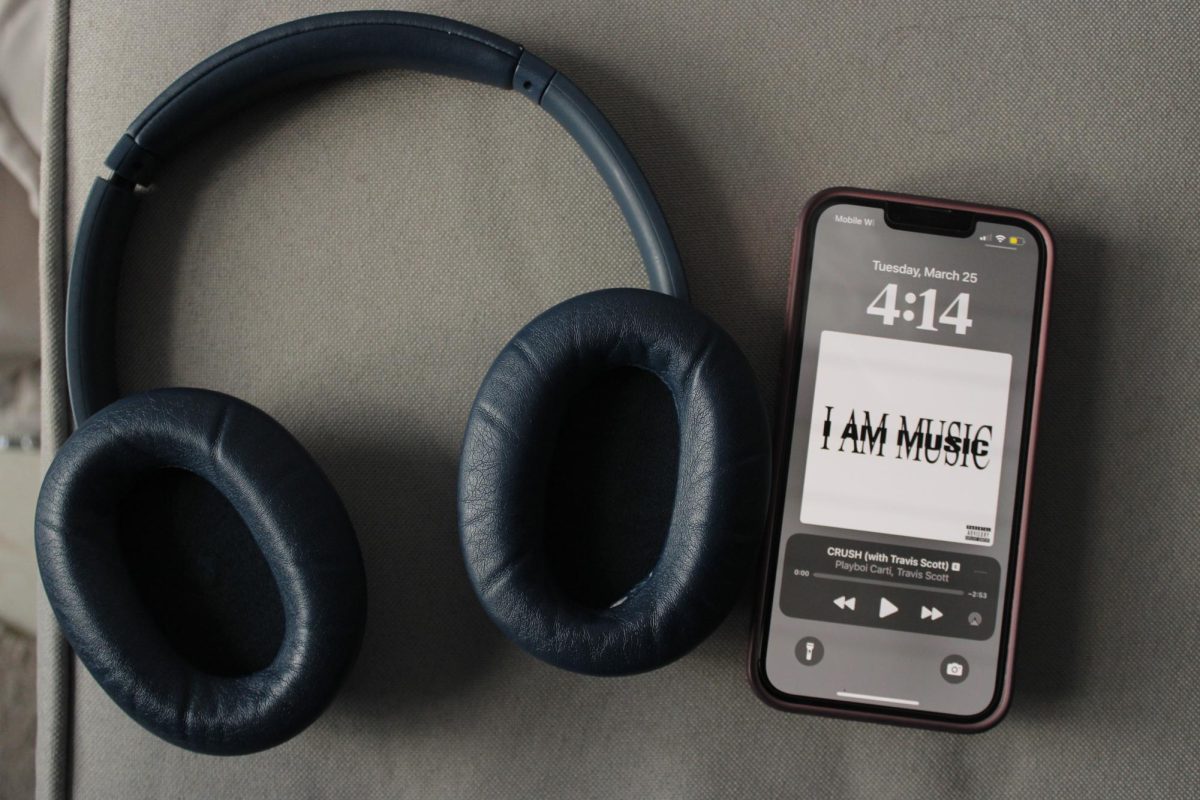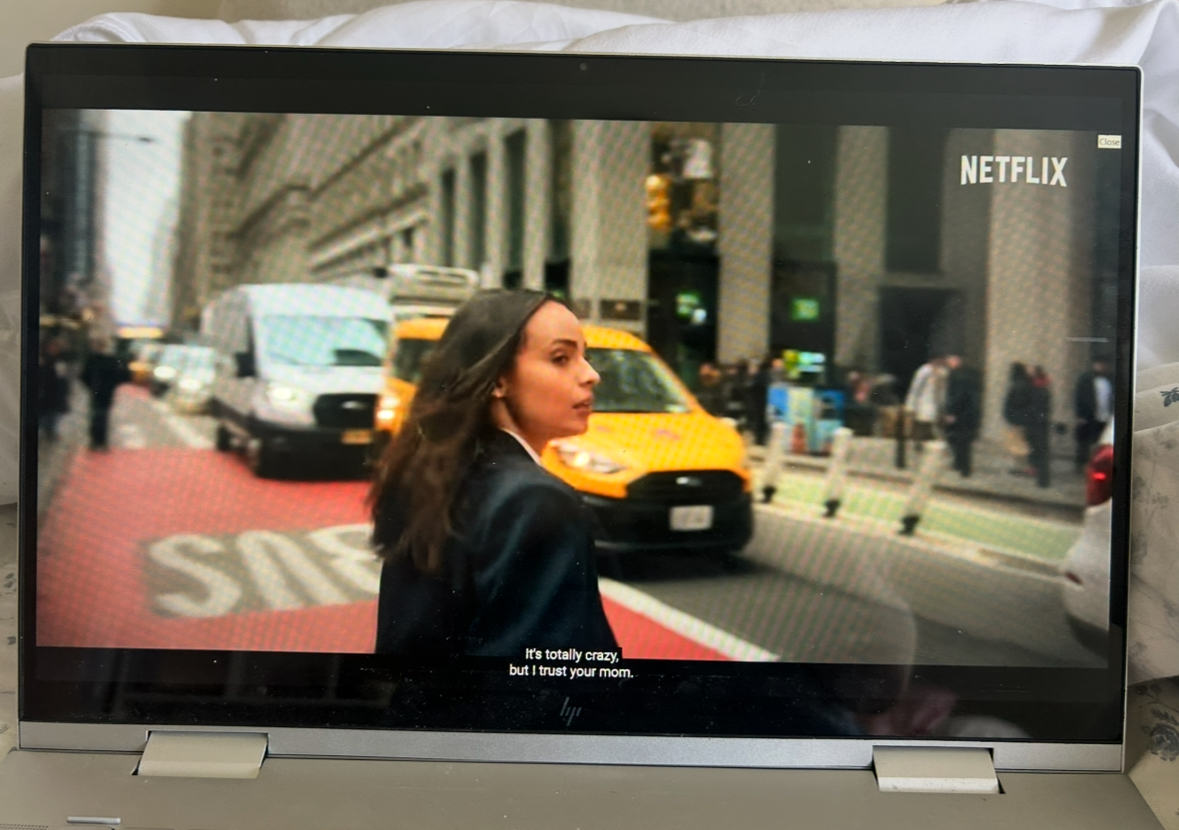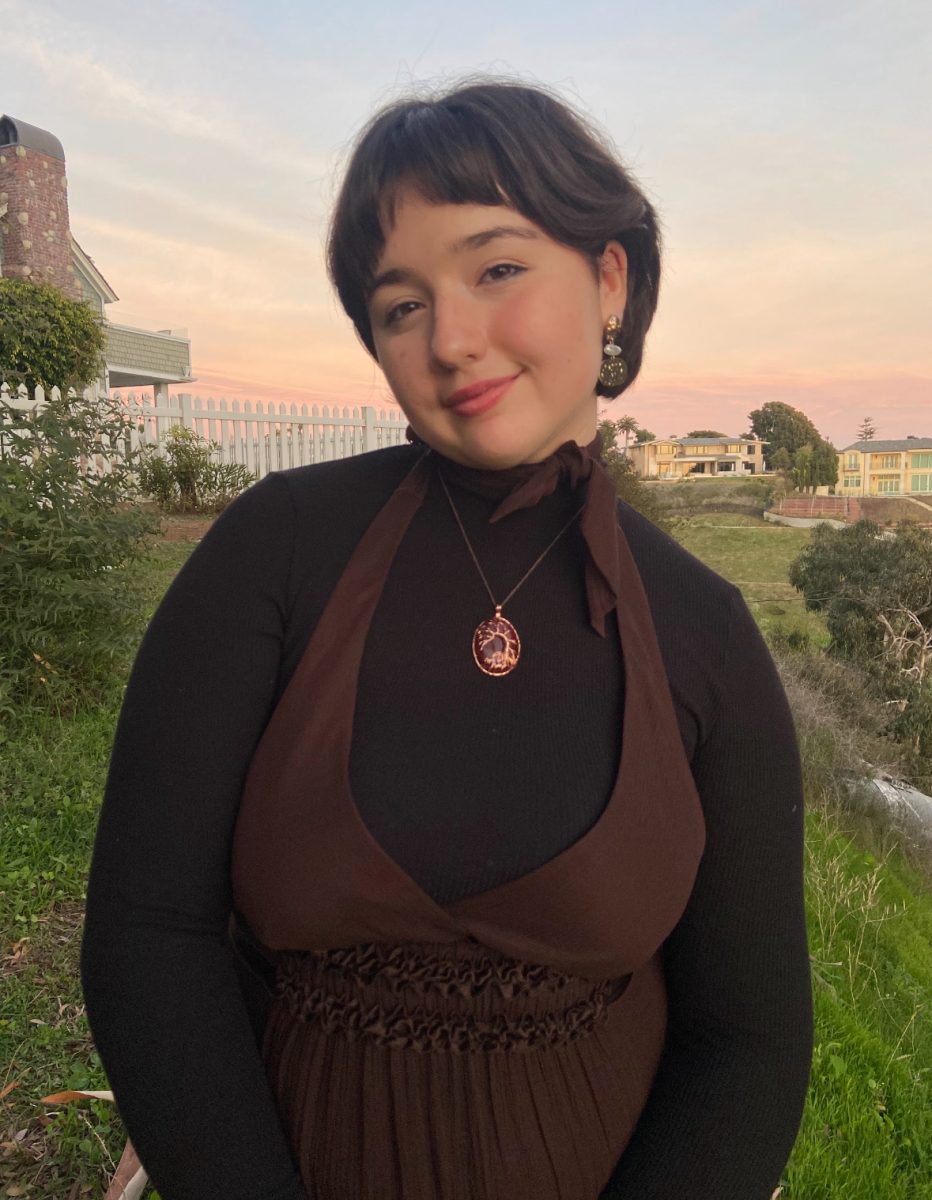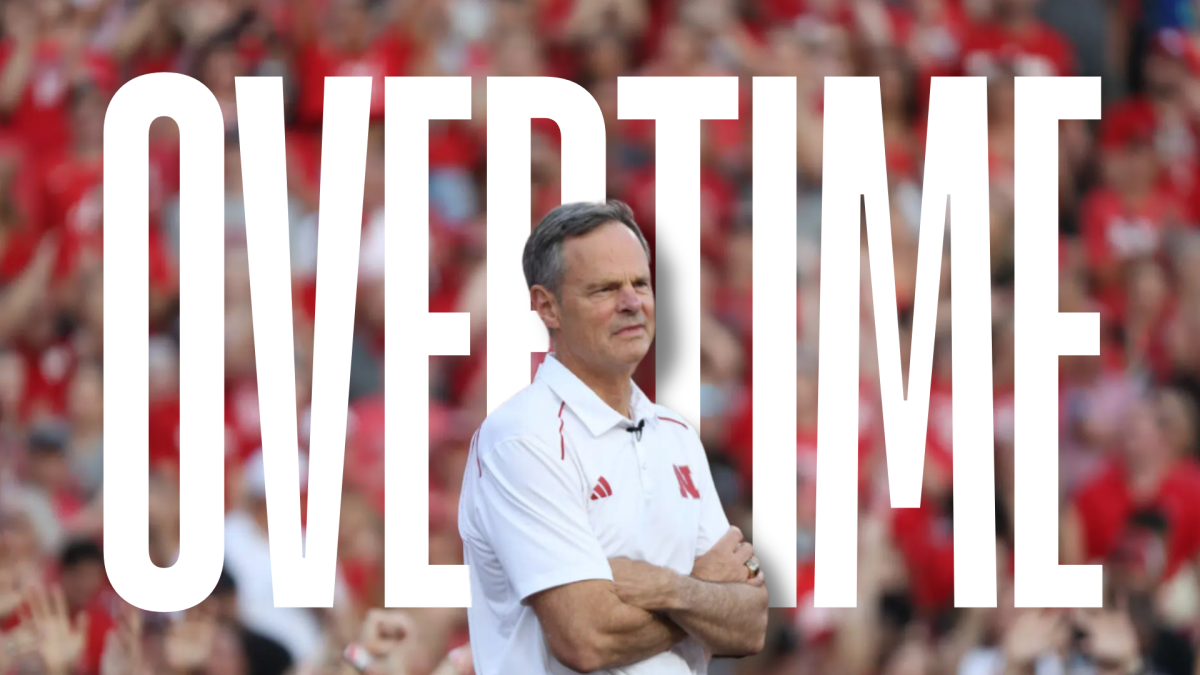On Sunday, Sept. 15, a new exhibit opened in the Henry S. Miller Judaica Research Room of Fordham University’s Walsh Library. “Yearning to Breathe: The Art of Siona Benjamin” is a collection of art by Indian-Jewish artist Siona Benjamin. Benjamin, a Bene Israel Jew from Mumbai, India, was invited to Fordham by Professor Magda Teter, the Shvidler Chair in Judaic Studies at Fordham.
“We had a webinar together, and I just loved her art. So when this space [the Henry S. Miller Room] became available when the library renovated it. I thought that she would be a great person to bring in,” said Teter.
Benjamin’s art focuses on her intersectional identity as a Jewish woman who grew up in India. She combines Indian mythology with Jewish history to create art inspired by everything from Persian miniature paintings to American comic books.
“Art is a good tool to talk about social justice,” said Benjamin. “It is like a visual newspaper.”
The exhibit is named after a line from “A New Colossus” by Emma Lazarus, the poem at the base of the Statue of Liberty. One of the works in the exhibit is Benjamin’s interpretation of the poem through pieces of art inspired by each line.
“She herself is ‘yearning to breathe’ because she has so many identities that for her feel [like] one, but society cannot understand that,” said Teter.
The exhibit was co-curated by Amy Levine Kennedy, a curator in Westchester, N.Y., and adjunct professor in the Fordham communications department.
“It’s been wonderful collaborating with Amy and Magda; they’re like the dream curators and organizers of my show,” said Benjamin.
Benjamin’s art is paired with objects from the Fordham Collection, including an Indian Torah placed beside a Torah case painted by Benjamin.
The exhibit is one of two that Benjamin will be doing at Fordham this year. Next semester, Fordham will display the Benjamin family’s photo collection of temples in India.
“This year is all about Jews in India,” said Teter, who, since the opening of the Research Room in 2022, has been working to create exhibits that take items Fordham already has and put them in a new light.
“We sort of began to invent this space as a place of art in conversation with the Fordham collection,” she said.
Several pieces of Benjamin’s work will also be displayed at the Quinn Library at Fordham University Lincoln Center, and on Nov. 6, Lincoln Center will also host a screening of her documentary “Blue Like Me: The Art of Siona Benjamin.”
Benjamin’s art often depicts herself as a blue woman, which she uses to represent being a Jew of color.
“[My art depicts] issues of the stereotypes we have in our minds about other people or other places,” said Benjamin. “You think of the ‘other’ as being something weird instead of something that you can explore, something that is fascinating.”
Benjamin often references mythology in her work. One of the pieces in Walsh depicts herself as the many-armed Indian goddess Kali, her hands holding a variety of objects, including a menorah, an Uncle Sam hat and a paintbrush.
“We wanted to kind of deal with her art that deals with the questions that are so relevant for us today, about how people can have multiple identities,” said Teter. “[Art that deals with] the place of immigrants in American society and their connections with their home countries.”
Teter’s students also assisted with research for the exhibit. Mallory Roof, FCRH ’26, is helping create the photography exhibit that will open next semester: “I did a lot of historical background research about the temples in India and the history of them and their architecture styles and how they influenced her [Benjamins] work,” she said.
Benjamin’s exhibit will be on display until Dec. 23 on the fourth floor of Walsh Library.


